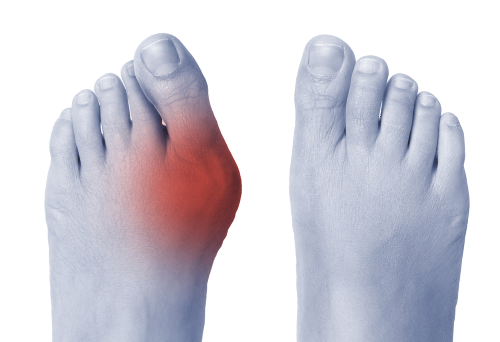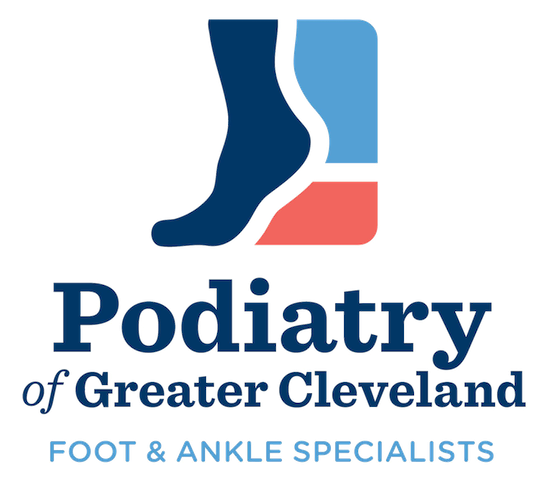Bunions, medically known as hallux valgus, are a common foot deformity that affects millions of individuals worldwide. These painful bony protrusions that develop at the base of the big toe can significantly impact a person’s quality of life and mobility. While many people may consider bunions as merely a cosmetic issue, they are, in fact, a complex condition influenced by various factors. In this blog, we will delve into the causes of bunion deformity, shedding light on both genetic and environmental factors that contribute to its development.
- Foot Structure and Genetics:
One of the primary causes of bunion deformity lies in an individual’s foot structure and genetic predisposition. Studies have shown that certain foot types, such as those with a low arch, excessive pronation (rolling inward of the foot), or hypermobility, can increase the risk of developing bunions. These structural abnormalities put additional stress on the metatarsophalangeal (MTP) joint, leading to the gradual misalignment of the big toe.
Moreover, genetics plays a crucial role in bunion development. If your parents or close relatives have bunions, you are more likely to develop them as well. Inherited foot structures and biomechanics can contribute to an increased susceptibility to bunions, further emphasizing the genetic influence on this condition.
- Footwear Choices:
Although genetics and foot structure lay the foundation for bunion formation, external factors can exacerbate the condition. Wearing ill-fitting footwear, especially tight, narrow, or high-heeled shoes, is a major contributing factor. These types of shoes squeeze the toes together, forcing them into unnatural positions and increasing pressure on the MTP joint. Over time, the sustained compression and friction can lead to the development of bunions.
It is essential to choose shoes that provide adequate space for your toes to move freely, have a wide toe box, and offer proper arch support. Opting for footwear with cushioning and shock-absorbing properties can also help alleviate pressure on the foot and minimize the risk of bunion progression.
- Age and Hormonal Factors:
Bunions tend to develop and worsen with age. As we grow older, the ligaments and tendons in our feet may weaken, leading to a loss of structural support for the MTP joint. Additionally, hormonal changes, such as those occurring during pregnancy or menopause, can contribute to the development or aggravation of bunions. Hormones can affect the ligament laxity in the body, potentially exacerbating the foot’s biomechanical imbalances and accelerating bunion progression.
- Inflammatory Conditions and Foot Injuries:
Certain inflammatory conditions, such as rheumatoid arthritis, can increase the risk of bunion formation. The chronic inflammation in the joints can weaken the supporting structures and cause joint deformities, including bunions. Similarly, foot injuries or trauma can also contribute to the development of bunions. Dislocations or fractures of the foot can disrupt the natural alignment of the bones and joints, leading to the gradual progression of bunion deformity.
Conclusion:
Bunion deformity is a multifactorial condition influenced by a combination of genetic and environmental factors. While foot structure and genetics establish the predisposition for bunion development, external factors like footwear choices, age-related changes, hormonal influences, inflammatory conditions, and foot injuries can accelerate or aggravate the deformity. Understanding the causes of bunions empowers individuals to take proactive steps in preventing their formation or managing existing bunions effectively.
If you suspect that you have a bunion or are experiencing foot pain, call the podiatrists at Podiatry of Greater Cleveland today!

